 |
 |
 |
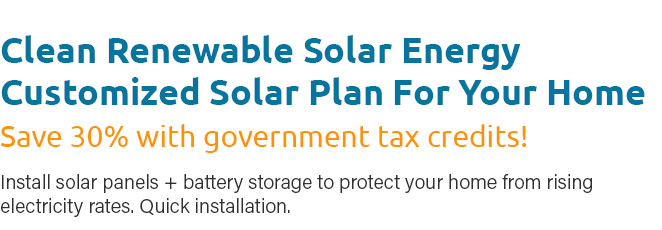 |
 |
 |
 |
 |
 |
 |
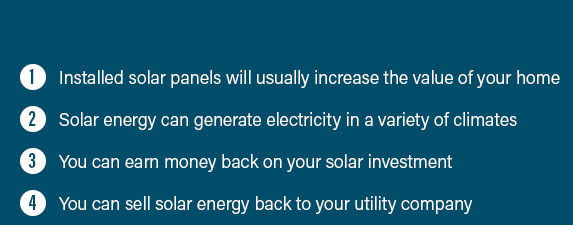 |
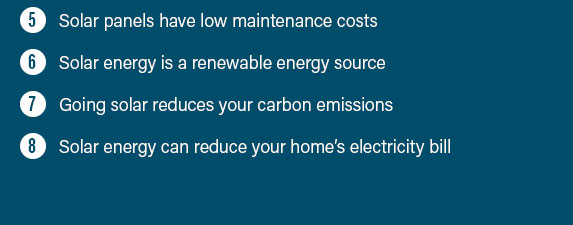 |
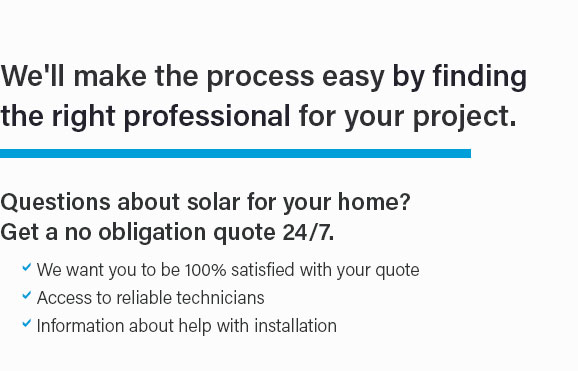 |
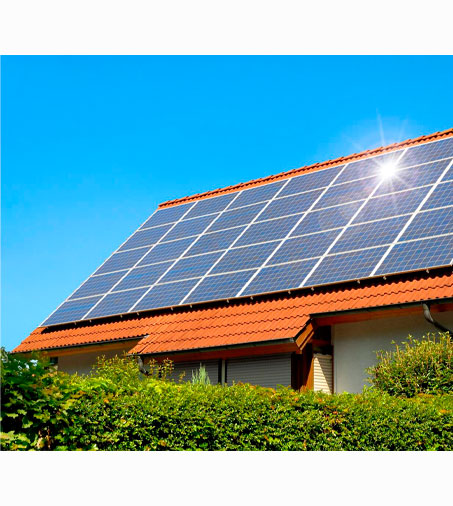 |
|
 |
 |
 |
The Rising Tide of Home Solar: A Comprehensive ExplorationIn recent years, the concept of home solar has gained remarkable traction, emerging as not just a trend, but a significant shift in how we perceive energy consumption. As homeowners increasingly look for ways to reduce energy costs and minimize their carbon footprint, solar power has presented itself as a viable and attractive solution. But what exactly is driving this surge, and how does home solar work? At its core, the technology behind home solar is both fascinating and elegant. Solar panels, typically installed on rooftops, are composed of photovoltaic cells that convert sunlight into electricity. This process begins when photons from sunlight knock electrons free from atoms, generating a flow of electricity. It’s a marvel of modern science that allows us to harness an abundant and renewable energy source directly from the sky. Many homeowners express initial concerns about the cost of installation, which indeed can be substantial. However, there are numerous financial incentives available that can significantly offset these expenses. Tax credits, rebates, and net metering policies enable solar users to sell excess power back to the grid, making the investment far more palatable. In fact, the long-term savings on energy bills often outweigh the initial outlay, making home solar an economically sound decision for many. Beyond the financial aspects, there is an undeniable environmental appeal. Traditional energy sources, such as coal and natural gas, are notorious for their detrimental impact on the environment. In contrast, solar energy is clean, renewable, and sustainable. By adopting home solar, individuals contribute to a reduction in greenhouse gas emissions, paving the way for a healthier planet. This eco-friendly approach resonates with a growing demographic that is increasingly conscious of their environmental impact.
However, one must also consider potential drawbacks. The efficiency of solar panels is influenced by geographic location and local climate conditions. Areas that experience frequent overcast skies may not reap the full benefits of solar energy. Moreover, the aesthetic aspect of solar panels can be a concern for some, as they alter the appearance of a home. Despite these challenges, advances in technology continue to enhance panel efficiency and design, addressing many of these issues. In conclusion, the move towards home solar is more than just a fleeting trend; it represents a fundamental shift in how we think about energy. It embodies a commitment to sustainability, financial prudence, and technological innovation. As the world continues to grapple with the challenges of climate change and energy security, home solar offers a glimmer of hope and a path forward. For those considering the switch, it is important to weigh the benefits and challenges carefully, but the future looks undeniably bright for solar energy. https://solarvest.com/products-services/residential-solar/
Solarvest offers tailored and customised solar PV systems in Malaysia for residential use. We help you select the most suitable system based on your energy ... https://www.sankopower.com/solar-power-home-system/
SankoPower produce and supply 5.5KW Solar Home System, off-grid solar energy system, for residential solar system use. https://www.worldfuturecouncil.org/what-are-solar-home-systems/
Solar home systems basically consist of solar panels which are built on the roof of one's house. The energy gained through the solar panels then directly feeds ...
|